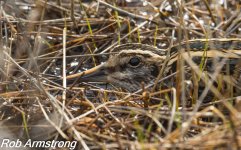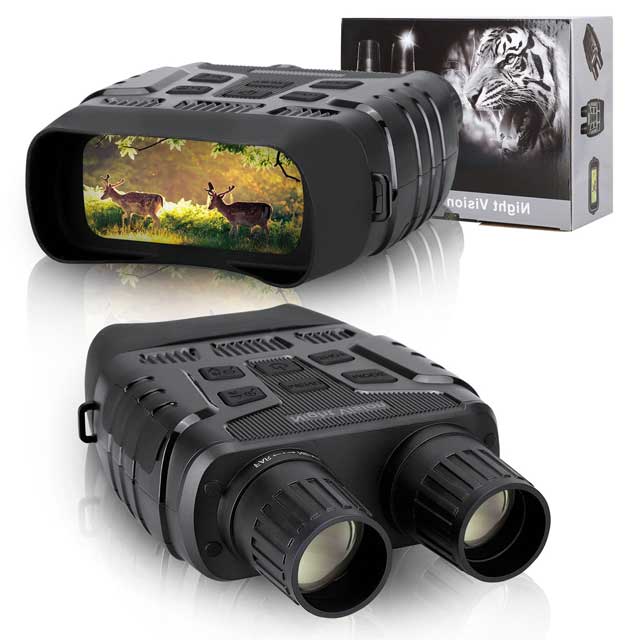edenwatcher
Well-known member
First impressions of the Axion Key XM22:
A very nice feel to it, sits in the hand very nicely. A few little finger exercises for the power button would come in handy, but I seem to manage one handed most of the time!
I have kept to the hot white palette, which seems fine. I have found several mammals in the field behind the house and in the garden including roe deer, brown rat and presumed wood mouse and bank vole, but a walk in the woods failed to turn up any woodcock.
I used it on my WeBS count yesterday and it helped to turn up a record count of jack snipe (7). This needs practice though as whilst I found several on the ground with it, we couldn't pick them up in bins and ended up flushing them anyway - which defeats the object. Part of this was a result of spring tides pushing the birds into more densely vegetated areas than usual. It is also quite a large area to search. I obviously need to work on my technique. I'll probably have another try next weekend.
Other points: as others have observed in daytime overcast conditions are easier than sunny. Man-made objects warm up a lot - bits of plastic etc. in the marsh were a distraction.
Rob
A very nice feel to it, sits in the hand very nicely. A few little finger exercises for the power button would come in handy, but I seem to manage one handed most of the time!
I have kept to the hot white palette, which seems fine. I have found several mammals in the field behind the house and in the garden including roe deer, brown rat and presumed wood mouse and bank vole, but a walk in the woods failed to turn up any woodcock.
I used it on my WeBS count yesterday and it helped to turn up a record count of jack snipe (7). This needs practice though as whilst I found several on the ground with it, we couldn't pick them up in bins and ended up flushing them anyway - which defeats the object. Part of this was a result of spring tides pushing the birds into more densely vegetated areas than usual. It is also quite a large area to search. I obviously need to work on my technique. I'll probably have another try next weekend.
Other points: as others have observed in daytime overcast conditions are easier than sunny. Man-made objects warm up a lot - bits of plastic etc. in the marsh were a distraction.
Rob












